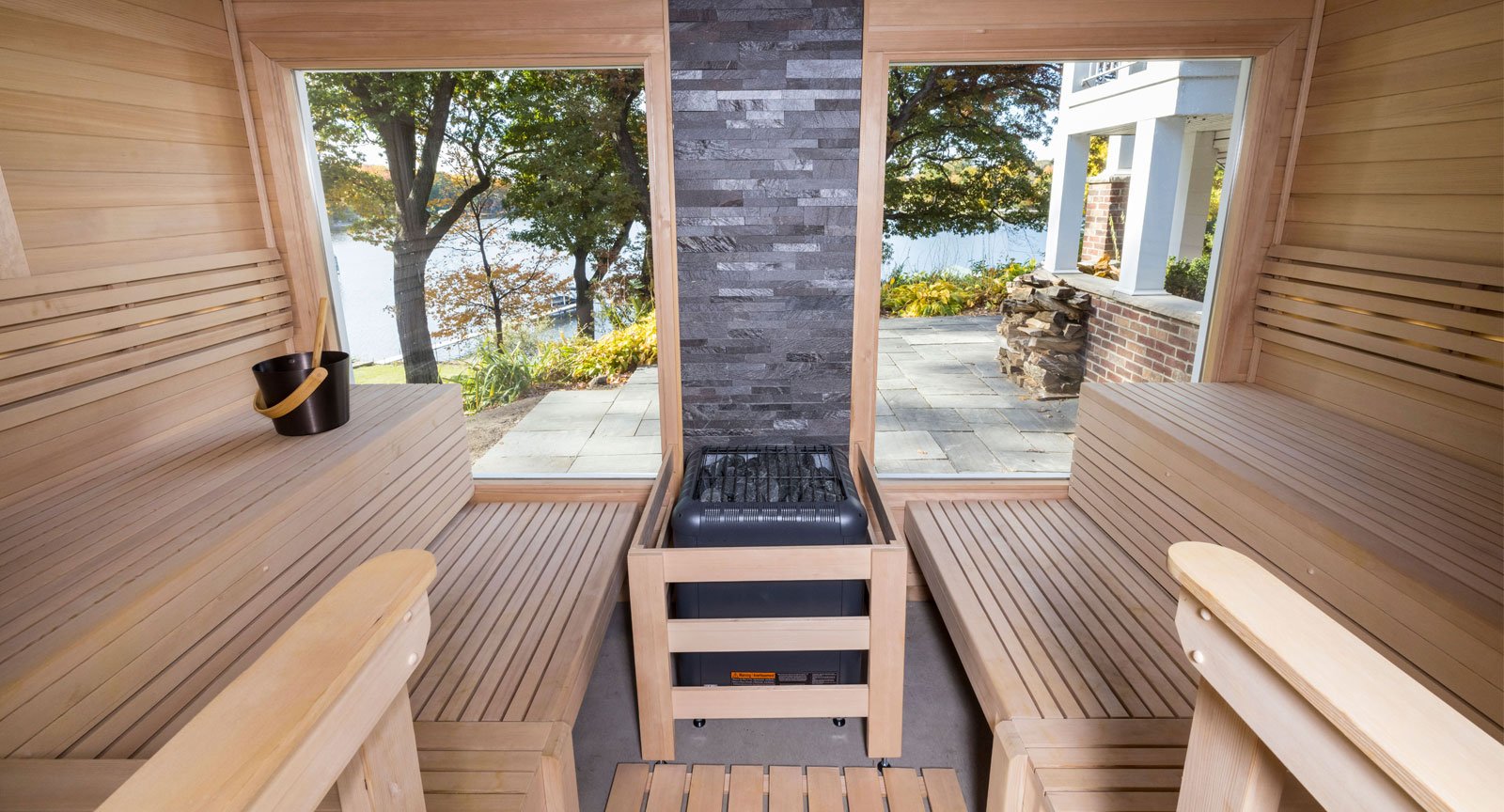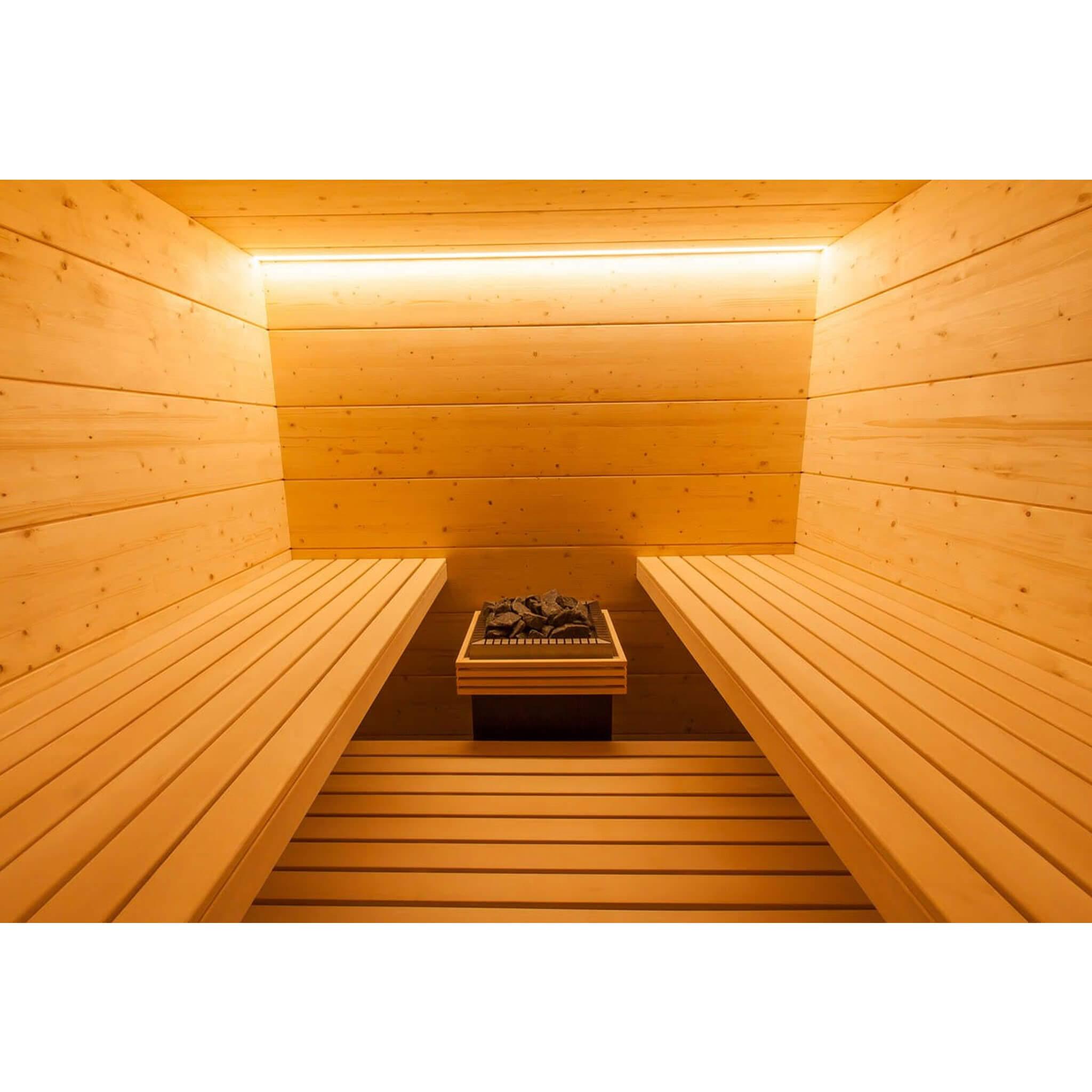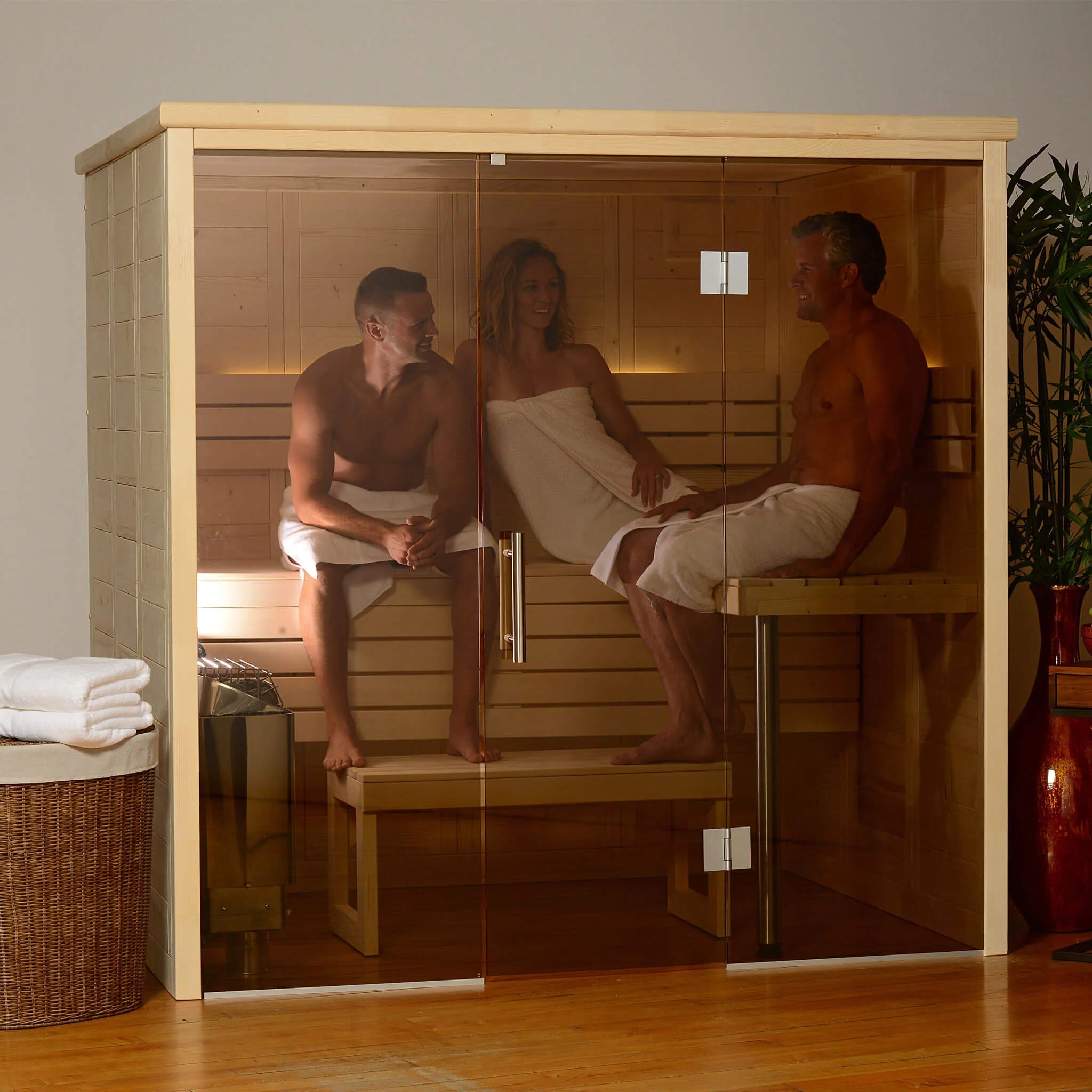Getting My Traditional Sauna To Work
Getting My Traditional Sauna To Work
Blog Article
The Traditional Sauna Statements
Table of ContentsEverything about Traditional SaunaGetting My Traditional Sauna To WorkA Biased View of Traditional SaunaTraditional Sauna Can Be Fun For AnyoneTraditional Sauna Can Be Fun For Anyone
The majority of the weight shed in a sauna is water loss and is re-gained upon rehydrating. Nonetheless, undoubtedly sauna can be a vital part of a healthy and balanced weight management program. To consider the differences between traditional and IR saunas, I will certainly divide these right into verifiable, academic, and fabricated differences.Hence, the best factor in the saunawhich goes to the ceiling straight above the sauna heateris usually between 185 and 190 F. Claims that a standard sauna goes beyond 200 F is merely not real and not applicable for electric saunas marketed in the US. The temperature for a far-infrared sauna is typically set between 120 and 140 F; nonetheless, unlike the conventional sauna, the goal in and IR area is not to accomplish a heat.
Due to this, the temperature difference is virtually unimportant, because profuse sweating leads to both sauna types, yet the method of heating up the body is various. In an IR sauna the bather will really feel hot and will sweat profusely, yet at much lower temperatures (Traditional Sauna). Thus, if the goal is to invest longer time periods in the sauna, the IR sauna is an excellent selection
When a conventional sauna has been correctly warmed, the sauna walls are warm, the air temperature level has achieved set temperature and the rocks are very warmed. As an interesting side note, the heated wall surfaces and the rocks are emitting far-infrared warmth, integrated with the warmed air, to develop an "wrapping up heat".
Some Known Details About Traditional Sauna

When the heat is accomplished, the elements cycle on and off to preserve the heat. Many typical sauna individuals appreciate putting water over the rocks to produce vapor to increase sauna humidity levels. The benefits of pouring water over the rocks consist of: making the room much more comfortable, dampening the nasal passages, and enabling the usage of aromatherapy by mixing necessary oils with the water.

When the energy gets in the body, it causes the body temperature level to enhance and ultimately leads to perspiration. In an infrared sauna it is necessary for the emitters/heaters to remain on almost constantly. Given that there is no mass of rocks to keep heat, the sauna will certainly cool down if the emitters turned off.
As mentioned over, the sauna bather in an infrared room intends to place himself before running emitters to obtain optimal gain from the warmth. The home heating time for both rooms can be very different, depending on just how the spaces are made use of. For a standard sauna, a bather should enable 30-40 minutes for the area to attain a wanted temperature level and to correctly pre-heat the rocks.
About Traditional Sauna
A well created sauna will normally attain a temperature of 150-160 F in about 30-40 minutes. For hotter temperatures, the space may need to warmth for a longer duration.

Traditional saunas have a tendency to be bigger (hence utilize even more electrical power) than infrared saunas, although conventional saunas are definitely readily available in one and 2 person sizes too. For a two-person standard sauna, 5x6 or 5x7 dimension is most popular. The leading bench can conveniently seat he said two or three people and is also enough time to rest during the sauna session.
See This Report on Traditional Sauna
The typical expense per kWH of power in the united state is approximately $0.11, so a 4.5 kW heater will certainly cost roughly $.50 to compete one hour, if the heating unit runs constantly for one hour. Typically a sauna heating unit will compete 75% of the initial hour and 50% of succeeding hours on considering that the aspects cycle once the established temperature level is achieved.

There is a seldom reviewed distinction in the social experience in between the two spaces. While our culture has actually lost a few of the social benefit of the weblink traditional sauna experience, it can be really socially satisfying (Traditional Sauna). From household time in the sauna, to heart-felt discussions with loved ones, to sauna partiesthe typical sauna experience can result in intimate mingling
Traditional Sauna Can Be Fun For Everyone
Many higher end infrared areas include tinted light therapy, noise systems and full-glass fronts.
Report this page